You might think you know which animals to steer clear of, but some creatures are sneakier than you’d imagine. Sure, sharks and lions get all the hype, but many other animals pose a surprising threat to humans. These aren’t your typical “avoid at all costs” predators, yet they rank higher on the danger scale than you might expect. Let’s dive into the unexpected list of critters that can really mess with your day—and maybe even your life.
1. Mosquitoes
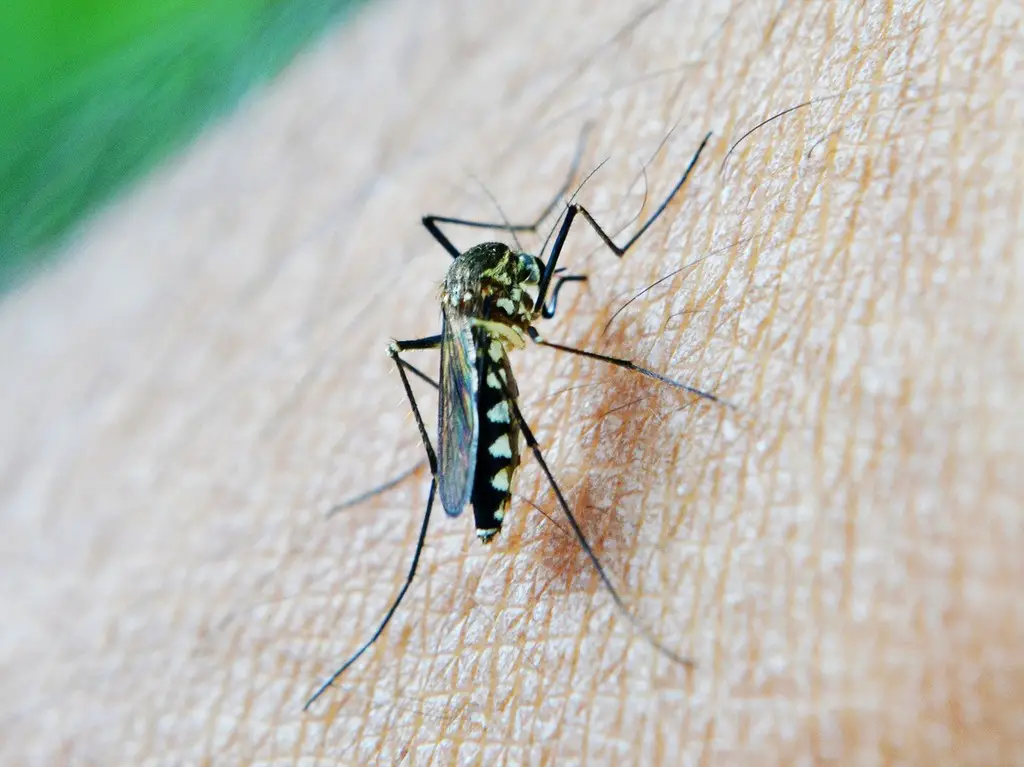
Oddly enough, the tiny mosquito tops the list of deadly animals. It’s not their bite that’s dangerous, but the diseases they carry. Malaria, dengue fever, and Zika virus are just a few of the health threats they transmit. According to the World Health Organization, mosquitoes are responsible for millions of deaths every year through disease spread, making them one of the deadliest animals on the planet. So, next time you hear that annoying buzz, remember it’s not just itchy bites you should worry about.
The battle against mosquitoes has been ongoing for decades. Innovations like mosquito nets and sprays have made a difference, but the fight is far from over. Global health organizations continue researching ways to curb the mosquito population. Scientists, like Dr. Fredros Okumu from the Ifakara Health Institute, are constantly looking for new solutions, such as genetic modifications, to reduce their numbers. It’s a real-life horror story, where the villain is both tiny and ubiquitous.
2. Snakes
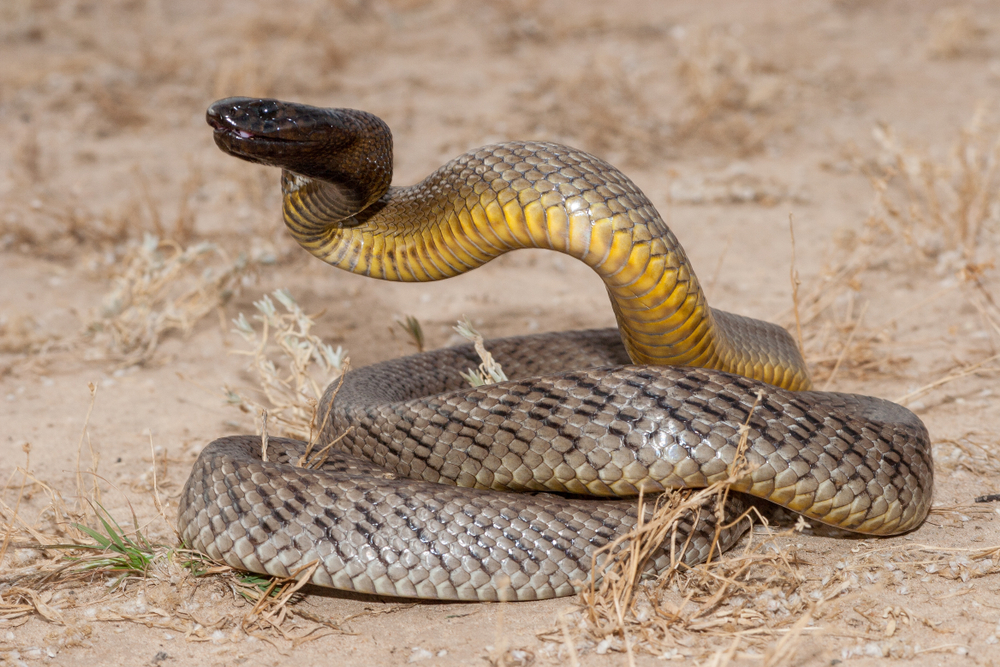
Snakes often slither into the list of dangerous animals, and for good reason. Venomous snakes can kill with a single bite, thanks to their potent toxin. Each year, they cause thousands of deaths worldwide, particularly in rural areas with limited access to medical care. It doesn’t help that many people don’t know which snakes are dangerous and which ones are harmless. Knowing the difference can be a matter of life or death.
It’s crucial to respect these reptiles and their habitat. Snakes usually strike only when threatened, so avoiding them is often the best policy. Simple precautions like wearing boots in snake-prone areas can make a big difference. It’s also wise to educate yourself about the snakes indigenous to your area. The more you know, the better you can protect yourself from these deadly encounters.
3. Dogs
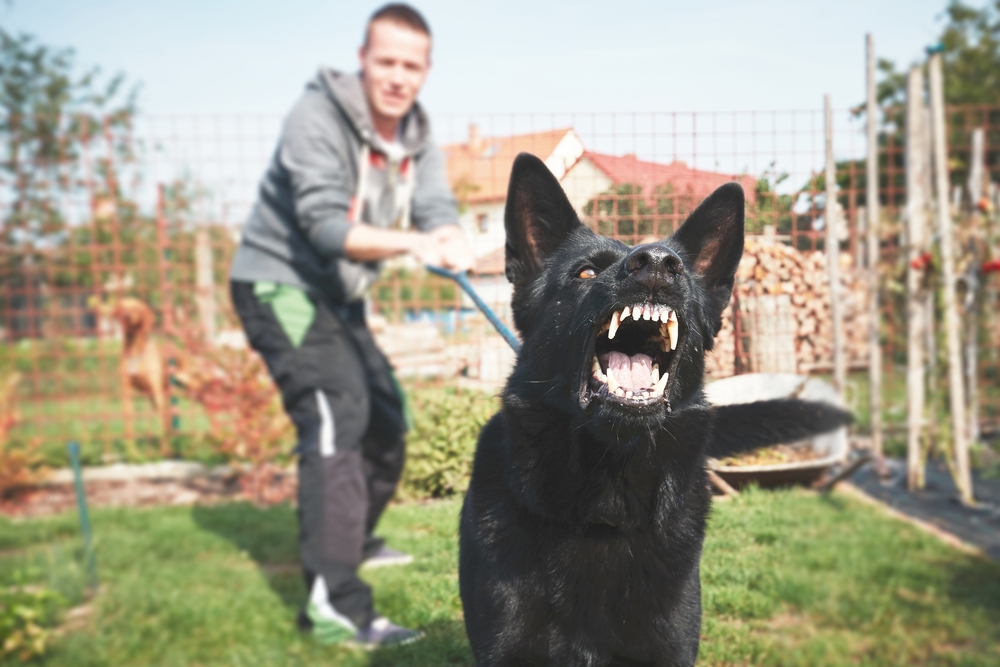
Yes, your furry friend could potentially be dangerous, though this primarily applies to dogs you don’t know. Dog bites account for a significant number of injuries each year, some even resulting in fatalities. According to a study published in the Journal of the American Medical Association, dog attacks are often attributed to a lack of proper training and socialization, rather than the breed itself. The research highlights that early intervention can significantly reduce these incidents. So, remember, that wagging tail doesn’t always mean friendly intentions.
Many dog attacks occur when people underestimate the warning signs. A dog growling, showing teeth, or with raised hackles should not be approached. If a dog seems aggressive, it’s better to slowly back away rather than turning your back and running. Understanding dog behavior can help you avoid potentially dangerous situations. And if you own a dog, proper training and socialization are crucial to prevent aggressive behavior.
4. Freshwater Snails
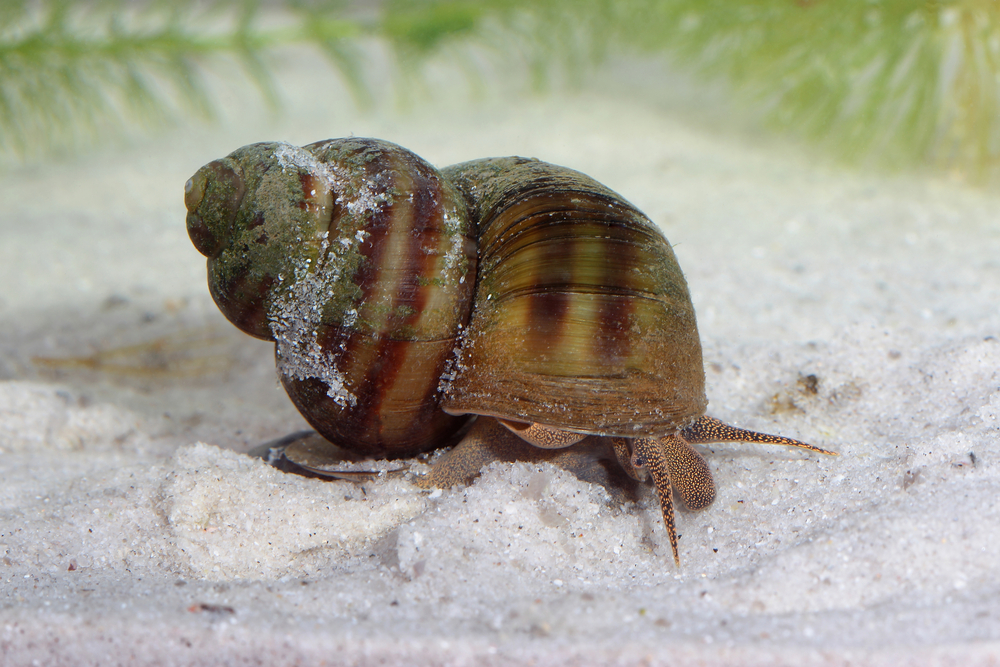
Surprisingly, a tiny snail can pose a significant threat to human health. Freshwater snails carry parasitic worms that cause schistosomiasis, a disease that affects millions worldwide. This disease can lead to anemia, kidney failure, and even death if untreated. Snails might seem harmless, but in some parts of the world, they are responsible for more deaths than better-known predators. It’s the kind of danger you’d never expect from such a slow-moving creature.
These snails thrive in freshwater bodies like ponds and lakes. People who come into contact with infected waters are at risk of infection. Simple measures, such as avoiding swimming in freshwater in high-risk areas, can help minimize the threat. Treatment is available, but prevention is key to controlling this health issue. It’s a reminder that danger sometimes lurks in unexpected places.
5. Tsetse Flies
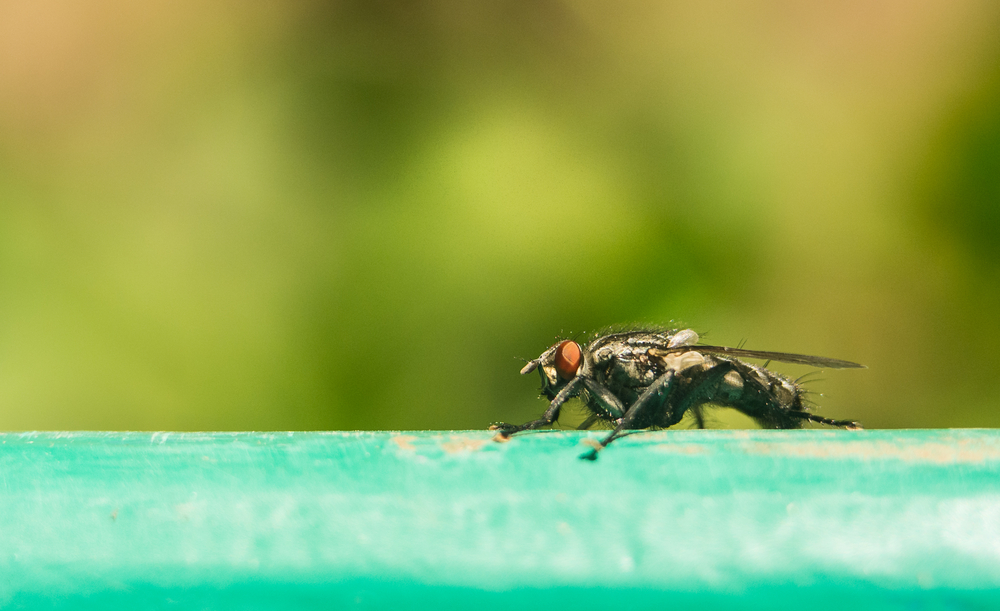
Another seemingly innocuous insect on this list is the tsetse fly. This tiny pest is a vector for trypanosomiasis, more commonly known as sleeping sickness. The disease affects both humans and animals and is prevalent in sub-Saharan Africa. Dr. Joseph Ndung’u, a specialist in neglected tropical diseases, emphasizes the importance of regular screening and treatment to combat the spread of sleeping sickness. Ignoring these flies can lead to severe health issues, including neurological problems, if left untreated.
The tsetse fly’s bite is notoriously painful, but it’s the long-term effects that are truly concerning. People living in affected regions often have to take preventive measures like wearing long sleeves and using insect repellent. Efforts to control the tsetse fly population include insecticide sprays and traps. Even with these measures, vigilance remains essential. It’s another case where a small creature causes significant harm.
6. Ascaris Roundworms

Roundworms, specifically Ascaris, may sound like something out of a science fiction novel, but they are very real. These parasites infect the intestines and can cause a range of health issues, from mild discomfort to severe malnutrition. They’re particularly prevalent in areas with poor sanitation. The World Health Organization estimates that about 1 billion people are affected by roundworms globally. It’s a staggering number for something you might never see with the naked eye.
The effects of a roundworm infection can be particularly harsh on children. Malnutrition, impaired growth, and even developmental issues can result from their presence. Preventing infection involves proper sanitation, regular hand washing, and not using human feces as fertilizer. Treatment is available, but it’s better to avoid infection altogether. Once again, cleanliness becomes your best defense against these hidden invaders.
7. Assassin Bugs
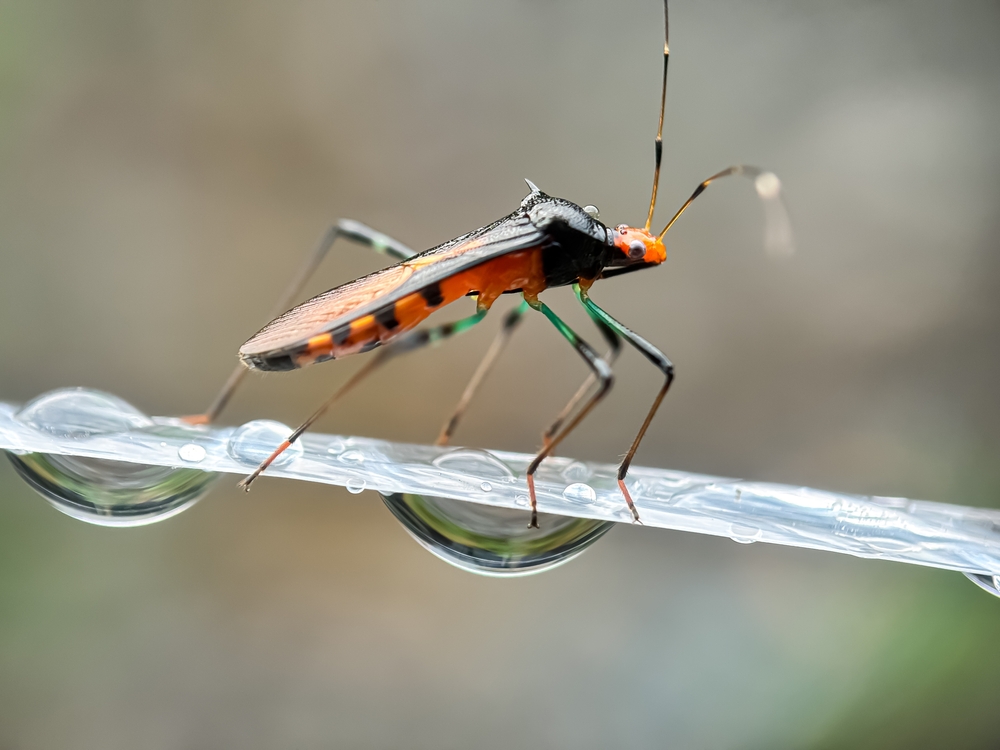
Despite the menacing name, assassin bugs might not be on your radar. These insects are known for spreading Chagas disease, a condition that can lead to heart failure if untreated. According to research conducted by Dr. Susan Montgomery at the Centers for Disease Control and Prevention, Chagas disease is a significant health problem in Latin America, affecting millions. The disease can remain asymptomatic for years, making early detection crucial. It’s a terrifying reality for those living in affected areas, where these bugs are commonplace.
Assassin bugs tend to bite around the face, earning them the nickname “kissing bugs.” Their bites can go unnoticed, but the consequences are far from benign. Prevention includes measures like sealing cracks in homes and using insecticide-treated nets. While the risk might seem low, the potential consequences of ignoring these bugs are severe. It’s a classic case of appearances being deceiving.
8. Hippos
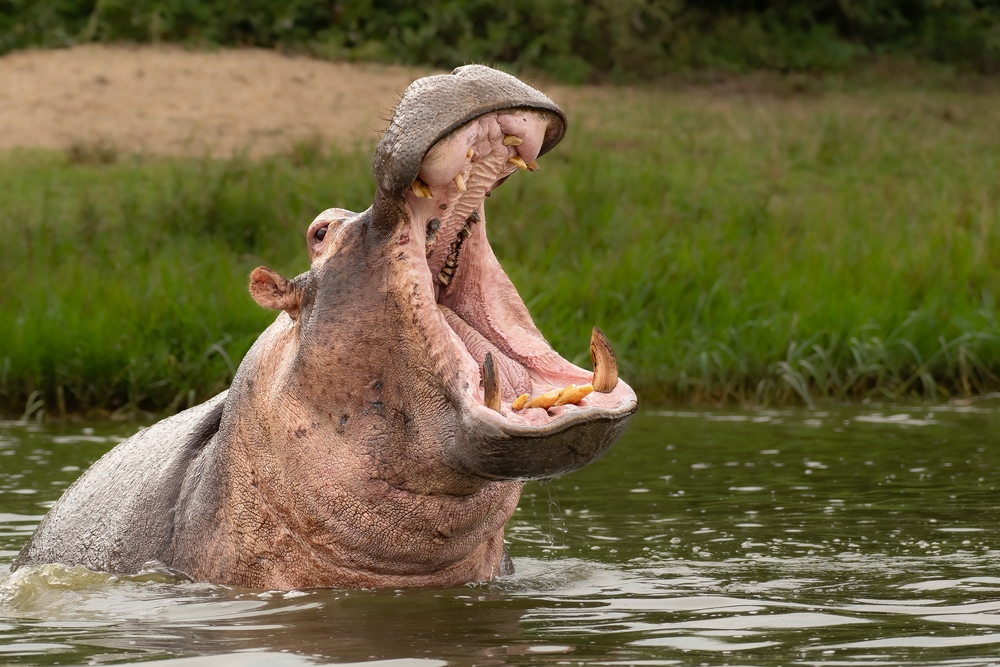
Hippos might look like gentle giants, but they are anything but. Known for their aggressive behavior, hippos are one of Africa’s most dangerous animals. They can run faster than you might think, and their massive jaws are no joke. Hippo attacks are not uncommon in regions where humans and these animals share space. It’s a sobering reminder that size isn’t the only indicator of danger.
The threat from hippos often comes as a surprise to those who underestimate them. They’re highly territorial and can become aggressive if they feel threatened. Staying safe involves maintaining a respectful distance and steering clear of their habitats, especially during mating season. Boaters in hippo territory need to stay vigilant since these animals can capsize small boats with ease. It’s best to admire these creatures from afar.
9. Jellyfish
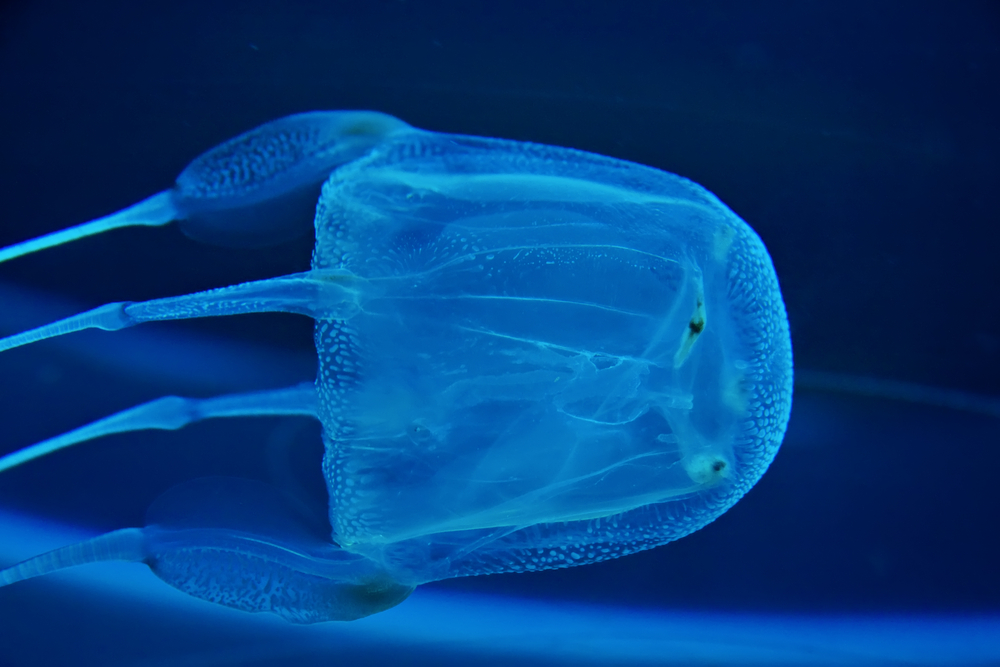
Jellyfish might look like floating blobs, but some can deliver a powerful sting. Box jellyfish, in particular, are known for their potentially lethal venom. Each year, thousands suffer from jellyfish stings, with some cases leading to death. The risk is particularly high in certain parts of the world, like the waters around Australia and Southeast Asia. So, those seemingly innocuous creatures can pack a dangerous punch.
Treatment for jellyfish stings can range from applying vinegar to seeking medical attention, depending on the severity. Lifeguards in high-risk areas often keep antivenom on hand. Swimmers should pay attention to local warnings and avoid swimming in jellyfish-infested waters. Wearing a protective suit can also reduce the risk of getting stung. It’s a clear case of where appearances can be deceiving.
10. Crocodiles
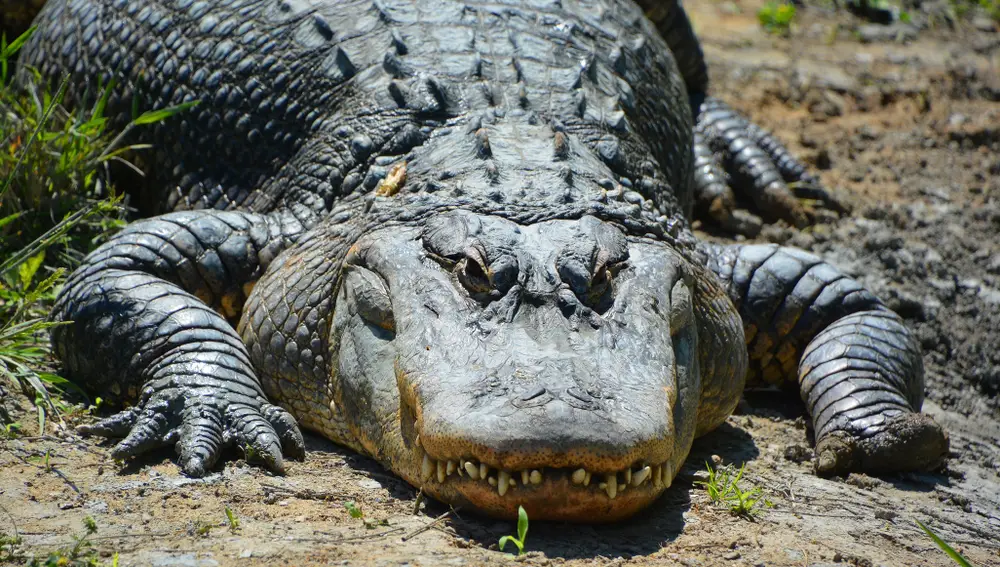
Crocodiles are another animal you don’t want to underestimate. They’re highly territorial and can attack with little warning. Every year, crocodile attacks result in fatalities, especially in parts of Africa and Australia. With their stealth and strength, they are adept at ambushing prey both in water and on land. It’s the kind of danger that lurks just beneath the surface—literally.
Staying safe involves respecting their territory and exercising caution in crocodile-prone areas. Signs warning of crocodile presence should never be ignored. Boaters, swimmers, and fishermen need to be especially vigilant, as crocodiles can strike swiftly and without warning. Keeping a safe distance is the best policy; these prehistoric predators should not be taken lightly. They’re a reminder of the primal dangers that still exist in the modern world.
11. Deer

Deer might not seem dangerous at first glance, but they are responsible for more human deaths in certain regions than you’d think. The real danger comes from deer-related road accidents, which are surprisingly common. Each year, collisions with deer result in fatalities and significant property damage. While the deer aren’t actively attacking, they can inadvertently cause chaos on the roads. It’s a hidden danger that many drivers don’t consider until it’s too late.
Drivers in deer-populated areas should stay vigilant, especially during dawn and dusk when these animals are most active. Slowing down and using high beams can help avoid accidents. While it might be tempting to swerve to avoid a deer, it’s often safer to brake firmly and stay in your lane. Learning how to react in these situations can save lives. It’s a case where awareness and caution can make all the difference.
12. Bees

Bees might seem like more of a nuisance than a threat, but they can be deadly for those allergic to their stings. Anaphylaxis, a severe allergic reaction, can occur within minutes of a sting, leading to potentially fatal outcomes. Even for those not allergic, multiple stings can pose a serious health risk. While bees play a crucial role in pollination, they are not to be underestimated when provoked. It’s that sting in the tale that can turn dangerous quickly.
People with known allergies should carry an epinephrine auto-injector and wear medical identification to alert others in case of an emergency. It’s also important to know that bees are generally non-aggressive unless threatened. Avoid swatting at them and stay calm if they approach. Wearing light-colored clothing and avoiding floral scents can reduce the likelihood of attracting bees. These precautions can help keep the peace between humans and these vital insects.
13. Elephants
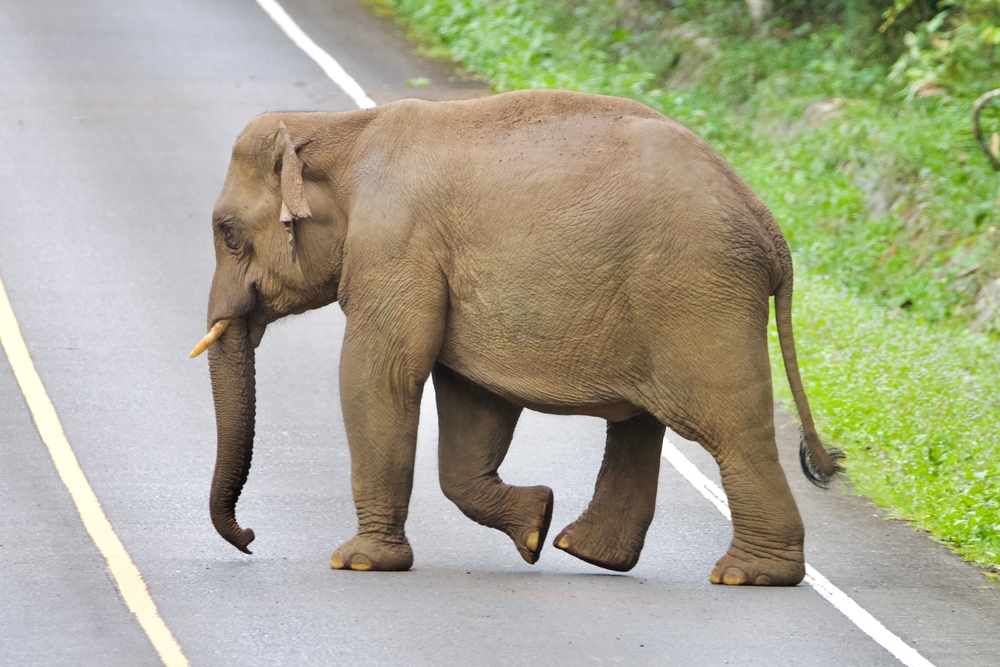
Elephants are often seen as majestic and gentle giants, but they can be extremely dangerous when provoked. They’re responsible for several human deaths each year, often due to trampling. In regions where human and elephant territories overlap, conflicts can arise. These massive animals are capable of causing significant destruction if they feel threatened. It’s a potent reminder that even the most revered creatures can be deadly.
Elephants are highly intelligent and social animals, which means they’re also highly protective. Encroaching on their space or threatening their young can provoke an aggressive response. Safaris and tours in elephant habitats emphasize the importance of maintaining a respectful distance. Educating local communities about elephant behavior can help reduce conflict. Respect and understanding remain key to coexisting peacefully with these incredible animals.
14. Wasps
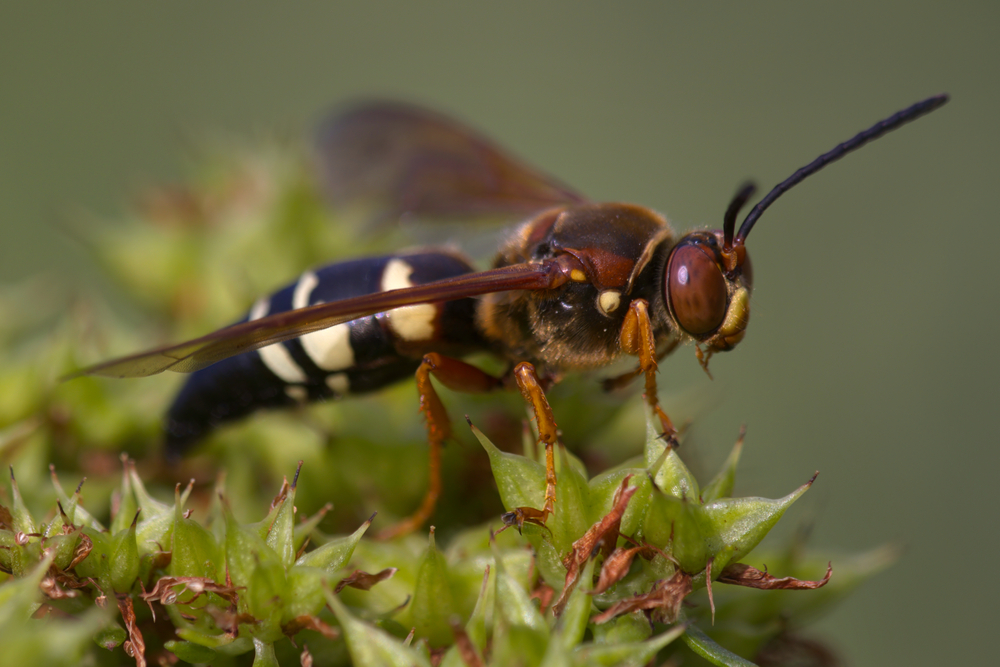
Like bees, wasps can deliver painful stings, but they tend to be more aggressive. These insects can sting multiple times, and their venom can cause severe reactions in some individuals. Anaphylactic shock is a serious risk for those allergic to wasp stings. Even without an allergy, multiple stings can lead to significant pain and discomfort. It’s not just their sting that makes wasps dangerous; it’s their unpredictability.
Wasps are attracted to food and sugary drinks, which means they often buzz around picnics and outdoor gatherings. Keeping food covered and disposing of garbage properly can help minimize encounters. If a wasp nest is spotted, it’s best to call professionals for removal. Aggressive swatting can provoke them, so calmness is key when dealing with these insects. Awareness and caution can help mitigate the risks they pose.
